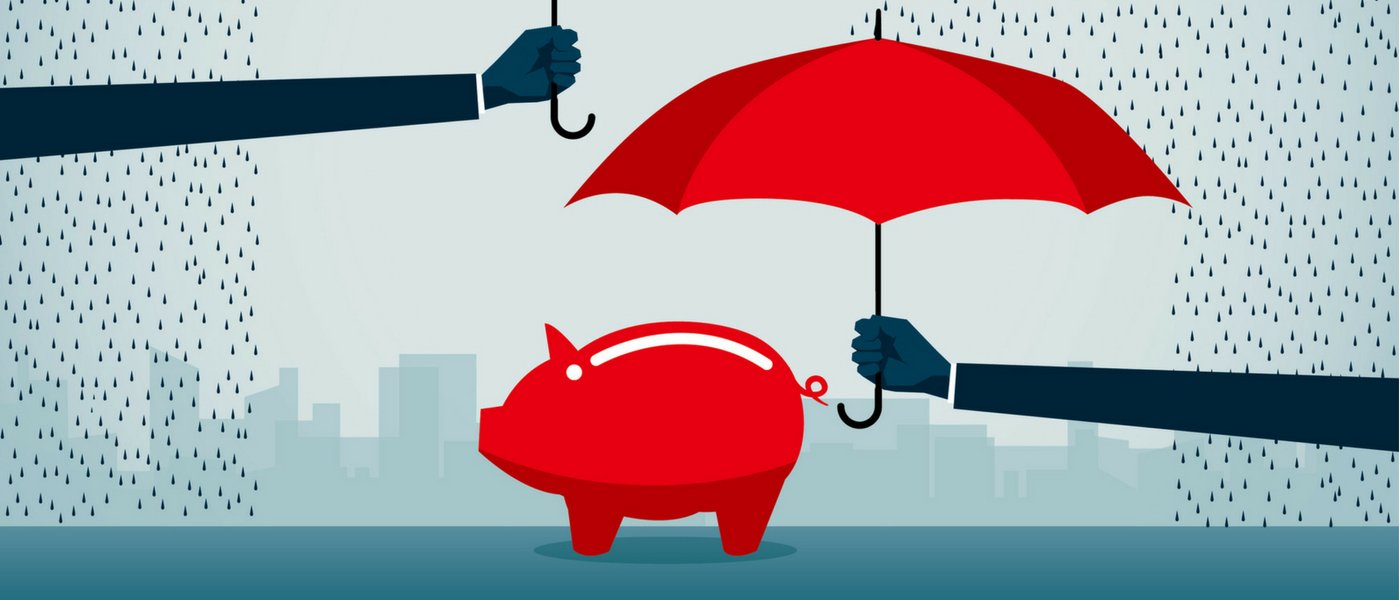
Introduction
A financial safety net is the practical shield between you and unexpected shocks job loss, medical bills, urgent home repairs, or sudden family needs. Building one isn’t about luck; it’s about deliberate choices and consistent habits. Start by understanding that a safety net is different from long-term investing: its purpose is stability and liquidity, not maximum returns. Financial planners recommend prioritizing emergency savings and insurance before pursuing higher-risk growth strategies. This article distills clear, actionable steps you can take today to create a safety net that fits your situation, explains common mistakes to avoid, and shows how to balance accessibility with protection. Read on for a structured roadmap that blends everyday experience, proven personal-finance best practices, and authoritative guidance so you can sleep easier knowing you’re prepared.
Decide your safety-net size and liquidity plan
Determining how large your safety net should be is the first concrete step. Conventional advice often suggests three to six months of essential living expenses, but that range should be personalized: single-earner households, variable-income freelancers, or people with health vulnerabilities may need six to twelve months. Calculate essentials: rent or mortgage, utilities, minimum loan payments, groceries, insurance premiums, and reliable transportation costs. Place this target amount in liquid, low-risk accounts so it’s available when needed high-yield savings accounts, money market accounts, or short-term government-backed instruments work well. Avoid tying emergency funds to volatile investments where short-term losses could trap you. Also consider splitting your liquid reserves: keep a smaller portion in an instantly accessible account for day-to-day emergencies and a slightly larger portion in an account that offers a better yield but still allows quick transfers. This layered liquidity approach keeps funds safe while maximizing modest returns.
Protect with insurance and contingency planning
A cash safety net and insurance are complementary: cash covers shortfalls, while insurance transfers large, catastrophic risks to insurers. Review health insurance, disability insurance, homeowners or renters insurance, and auto coverage to ensure you have appropriate limits, deductibles, and riders for your needs. For people with dependents or significant debt, term life insurance can preserve family stability. Consider an income-protection plan short-term and long-term disability especially if your job lacks strong company benefits. Read policy fine print: waiting periods, exclusions, and pre-existing condition clauses matter. Additionally, establish contingency plans a prioritized list of expense reductions, a trusted contact for financial decisions, and an up-to-date inventory of important documents (insurance policies, account numbers, and legal papers). These protective steps increase the probability your safety net will be effective when stress hits.
Reduce liabilities and create durable cash flow
A safety net is strengthened by lowering predictable drains on your cash. Begin by auditing recurring subscriptions and high-interest debts. Paying down or refinancing high-interest consumer debt (credit cards, payday loans) reduces the chance a single emergency spirals into insolvency. Build durable cash flow by diversifying income sources where practical: part-time freelancing, rental income, or dividend-producing investments (kept separate from your emergency liquidity). Establish automatic transfers to your emergency account the day after payday “paying yourself first” makes saving habitual and reduces the temptation to spend. Also keep a working budget that classifies needs vs. wants; in a stress event you should know which items you can pause immediately. The combination of lower liabilities and a predictable cash flow buffer means your liquid safety net has to cover less, and will last longer when called upon.
Replenish, review, and adapt your safety net
A safety net is a living tool, not a one-time checklist. Whenever you tap it even partially set an automatic plan to replenish funds quickly. After a significant life event (marriage, childbirth, job change, moving, health diagnosis), reassess your target balance and insurance coverage. Review annually: interest rates, account fees, and new financial products may offer better liquidity or yield without added risk. Stress-test your plan with realistic scenarios: what happens if you’re unpaid for three months, or if a major home repair arises? Use those exercises to identify weak links insurance gaps, missing contact info, or insufficient liquid reserves and fix them. Keep trusted professional contacts (an accountant, a certified financial planner, an insurance agent) and document your decisions; explaining the rationale for your plan improves consistency and demonstrates the expertise and thought that support long-term financial resilience.
Conclusion
A robust financial safety net combines deliberate saving, smart liquidity choices, appropriate insurance, and ongoing maintenance. It protects you from short-term shocks and gives you room to make clear-headed decisions during tough times. Start by calculating a personalized target, choose liquid and safe places for your funds, shore up protections via insurance, lower liabilities to extend your net, and commit to regular review and replenishment. The comfort of financial preparedness isn’t about having the most money it’s about having the right money, in the right place, for when life demands it.
FAQs
Q: How much should I keep in my emergency fund?
A: Aim for three to six months of essential living expenses as a baseline. Adjust upward if you have variable income, dependents, or higher personal risk (health issues, single-earner household), possibly to six to twelve months.
Q: Where should I store my emergency savings?
A: Use liquid, low-risk accounts high-yield savings, money market accounts, or short-term government-backed instruments. Prioritize accessibility and safety over high returns.
Q: Should I use investments (stocks/bonds) as my safety net?
A: No. Investments subject to market volatility are unreliable for immediate needs. Keep your emergency fund separate from long-term investment accounts to avoid forced selling at a loss.
Q: How do insurance and a cash safety net work together?
A: Cash covers immediate, short-term expenses; insurance transfers large, catastrophic financial risks. Both are necessary for comprehensive protection.
Q: How quickly should I rebuild my fund after using it?
A: Replenish as soon as feasible. Set automatic transfers and prioritize rebuilding over discretionary spending until you reach your target again.
Leave a Reply